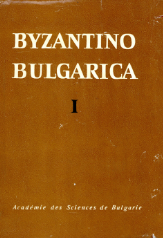
We kindly inform you that, as long as the subject affiliation of our 300.000+ articles is in progress, you might get unsufficient or no results on your third level or second level search. In this case, please broaden your search criteria.




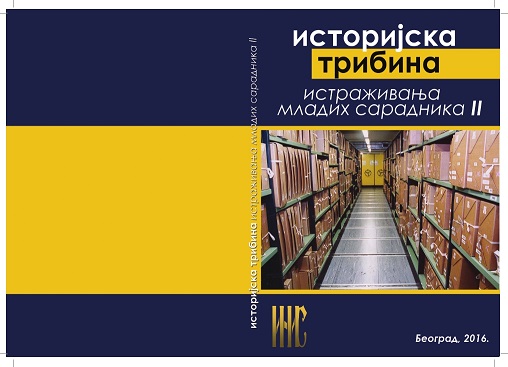
The paper deals with economic relations between Yugoslavia and France during the 1950s. It focuses on three predominant factors, namely the inherited Yugoslav debt, the ongoing financial relations and commercial exchanges and investments. The paper aims to show that economic relations were conditioned by the general terms of political and social realities in Europe at the end of the Second World War, by the internal needs of the reconstruction that have strained the finances of both countries, by the stronger relations on the political level than on the commercial one, and that they have also mirrored wider problems of the Yugoslav economy and its connection with the European economic area.
More...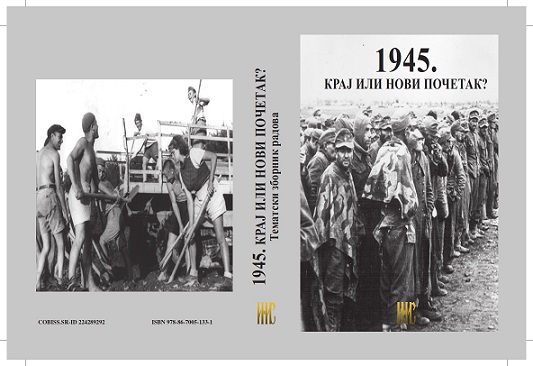
Territorial division of Istria, occupation on the part of the Yugoslav Army and the Allied forces, i.e., the unsolved political and legal status of Istria played a crucial role in renewal of provisioning and commerce, but also in the development of smuggling and gray market. Ideological indoctrination of the authorities that did not allow development of private ownership and "enrichment” (that were against the laws of free market) caused slow resumption of trade and provisioning, but also booming of economic crime. Constant lack of foodstuffs and other goods was made worse by incapable and unskilled cadres of district authorities who usually got their posts thanks to their "achievements” and not according to competence. Unsuccessful implementation of plans for restoration of economy, but also of provisioning and commerce, can be attributed to political indoctrination of individuals. The conflict between district People’s Committees and County People’s Committee for Istria was also in evidence. It aggravated the situation since the district People’s Committees wanted to establish monopoly on commerce. Fighting over monopoly, the authorities forgot the people who were forced to seek remedy in illegal activities and buying from grasping smugglers. Apart from the rivalry between the People’s Committees, there were military authorities that cooperated poorly or not at all with People’s Committees, so the people were often sandwiched between two authorities each of whom laid their own laws. The main motive of most smugglers was simply survival. Most people going into smuggling had on other choice. In their struggle against smuggling the authorities focused primarily on those who sold for personal gain. These people dealt mostly in rationed monopoly items such as tobacco, spirits and salt, as well as in foreign currency - mostly Italian lire.
More...
By the end of WWII Yugoslavia had suffered huge human and material losses. The Yugoslav communists eyed the West with distrust, deeming that possible economic help from those quarters would be coupled with political pressure. They expected the Soviet Union, of which they had an idealized conception, to aid the renewal. Although it was one of the two super-powers that had come out of the war, the USSR had also suffered major material damages and was not always able to satisfy all Yugoslav demands to the full. Aid was lent in keeping with Soviet capabilities whenever possible. During 1945 possibilities were explored and negotiations led about a goods loan, establishing joint companies, employment of Soviet experts and trade. Foreign trade had the character of aid and was the main form of cooperation during that year. The Soviet Share in Yugoslavia’s foreign trade was 75.1% in exports and 68.3% in imports. Thanks to trade necessary raw materials and goods reached Yugoslavia.
More...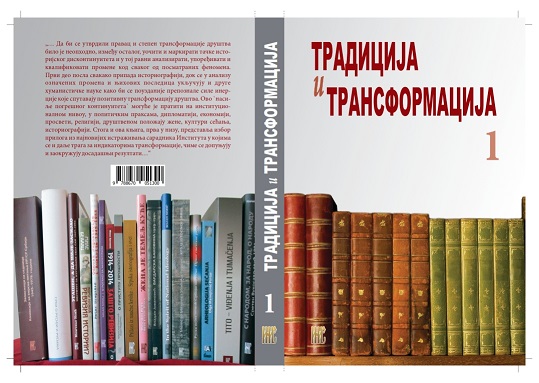
The paper analyzes the volume and structure of financial investments in textile industry of the Kingdom of Serbs, Croats and Slovenes. In addition to this main inquiry it deals also with the issue of the so-called nationalization of financial capital in the first post-war years. While higher equity, growth balance and greater participation of foreign capital were typical for the textile industry in Croatia and Slovenia, the rest of the country was dominated by medium-sized enterprises, owned by local manufacturers. Territorial distribution of foreign industrial investments shows that foreign capital had the strongest position in the textile industry in Croatia and Slovenia, while in other parts of the Kingdom, especially in the prewar Kingdom of Serbia, the financial capital was in hands of local industrialists. A significant growth of textile industry in Croatia – Slavonia during this period leads to the question, asked by Marie-Janine Čalić: namely, whether (and to what extent) Serbia has benefited economically from the unification with their South Slavic neighbors? Although a number of economic historians argue that Serbian industry had benefi ted in this respect, the analysis of textile industry could not confi rm this standpoint; on the contrary – the greater market was more convenient to the northwestern parts of the country. However, for a more reliable asssesments of this issue it is necessary to deal with the entire Yugoslav economy from a broader chronological perspective.
More...
Both occupiers’ partition of Yugoslavia in 1941 and the establishment of the collaborationist regimes caused a major change in many aspects of life, including the agrarian structure of Yugoslav territory and the whole agriculture as well. A number of changes regarding the land property relations have occurred within the occupiers’ zones of partitioned Yugoslavia and in the territory of quisling formations. These were primarily related to the annulment of the interwar agrarian reform and colonization implemented before 1941, which was accomplished by expelling and killing of former settlers. This particularly applies to the area of the so-called Independent State of Croatia, as well as areas under Hungarian, Bulgarian and Italian occupation. Another important aspect was the forced relocation of natives (mostly Slovenes and Serbs) from the area in which they lived. Furthermore, many farms in Yugoslavia were deserted due to a mass destruction and killing of rural population. According to data obtained during the postwar identification of the World War Two consequences, there were 289,000 completely destroyed households in Yugoslavia.
More...
The Communist Party ideology – disillusioned by economic performances of the previous regime of interwar Yugoslavia, and strongly inspired by Soviet economic model and experience – instigated CPY towards central-planning economic system soon after the end of World War Two. Unlike the market economy, where certain limitations and scrutiny over the economy existed, the central-planning was almost everything about the control. Although the Yugoslav leadership was the fi rst (among the Soviet satellites) in introducing the central-planning, it was also the first that have abandoned it. However, that process was slow and painful, lasting for almost two decades. In fact, it never ended but went through considerable changes on the institutional level. This paper is focused on these very institutional leftovers which continued to function within the system. Observed from this institutional point of view, Yugoslavia greatly diverged from Soviet model and experience. Yet, although the Yugoslav pioneer achievements were bringing it closer to the model of mixed economies of the Western Europe, it was still quite far away from there, lacking independent credit institutions, thus still more resembling to other state-socialist countries and economies than to Western ones. The unquestionable role of communist party appeared a major ingredient (shared by Soviets and their allies, including Yugoslavia) in crucial economic decision making.
More...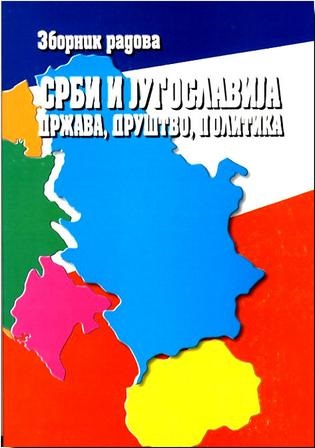
The long Ottoman rule turned the territory of the Old Serbia and Macedonia into an economically extremely passive area. Although conditions for more free flow of goods and capital were created after the liberation, remnants of the feudal system and neglected agriculture aggravated by wartime devastations of 1912–1918, were felt in the later decades too. For that reason the attempt of the Yugoslav state to put an end to the economic depression called for a more comprehensive action. Lack of an adequate legal framework, monetary chaos, feudal mentality, primitive agriculture and semi-nomadic cattle-breeding, anahronistic transportation infrastructure, demographic instability of the region and poor security – were only some of the circumstances which nailed this province to the very bottom of all statistical presentations of the interwar Yugoslav economy. The evident economic lagging behind of the development of the Southeast of the Kingdom of the Serbs, Croats and Slovenes as compared to the rest of the state, was caused by several more unpropitious factors: constant splitting of land possessions, slow recovery and inadequate war indemnification, destimulating customs policy, bad credit conditions etc. The state of agriculture of Southern Serbia was illustrated by statistical surveys and the so-called index of economic strength which was deemed a relevant measure of economic situation, based on the following parameters: population density, literacy of the population, the ratio between the arable land and intensive cultures in comparison with the total land surface, the state of the “dead” and unused livestock, crops of wheat and maize, the state of the cattle fund, characteristics of industrial population, length of railway tracks and roads, as well as the amount of savings and credits per inhabitant. Such geographical and numerical picture of the economic situation made a more balanced insight into the relations between certain parts of Yugoslavia possible, but it also confirmed the conclusion that the policy of an unstable agrarian state in a clumsily integrated area could hardly produce serious results.
More...
The basic purpose of this article is to study economy of transition, and thereby the problems posed by their structure and evolution. My aim is to arrive, if possible, at the scientific establishment of a certain number of concepts essential to knowledge of economy of transition, and of the law of development to which it is subject. It is clearly impossible to say whether this aim can be realised, since, for the moment, we possess, in this field, mainly descriptions and “practical concept”. Such practical concept points out to us where the problems are that we have to solve, within the old ways of seeing the problems and on the plane of theoretical practice. If we do not take care, these practical concept can seem to be solutions of problems which in fact they merely describe. The objects described by the term “economy of transition” are obviously among that scientific awareness of which is essential to the understanding of our epoch, since this appears to us precisely as an age of transition. Transition from the socialist mode of production to the capitalist mode of production, that is, a country’s passage from one period of the history to another, through an upheaval in production-relations and class relations and the replacement of one state machine by another with a different class nature. Where this form of transition is concerned it is essential to undertake an analysis which is not confined to the ideological sphere but which reveals the nature of the transformations that are actually taking place in class relations and production-relations. This also brings up the question of the class nature of the state. If we wish to give the term “economy of transition” a specific meaning – and this seems to me to be essential – we must ask ourselves what these “residues” are that we find to difficult to describe, since we refer to them by means of all sorts of metaphors like “impurities”, “survival”, and so on which is a sign that there is as yet no scientific concept with which to think these objects. It is not necessary to work out forthwith the scientific concepts demanded by this way of seeing the problem, but only to offer some considerations which may perhaps help to us to find a road that will lead to the establishment of these concept. When, indeed, we set about studying an actual economy – independently of the very idea of transition – we have to think of this economy as a complex structure which is “structured in dominance”. Finally, each of these complex structures constitutes not a simple juxtaposition of modes of production, but a complex structure which is unique, endowed with its own structural causality. At the same time, this unique structure is subject, in general, to the dominance of a specific structure, which corresponds to that of a given mode of production, the capitalist mode of production. This therefore means that the world economy itself is a complex structure of complex structures. Now, the world economy is the ultimate economic reality. Thus, when we study the working of a particular national economy in which a certain mode of production seems to be “dominant” – we ought not, if we want to arrive at meaningful conclusions, consider this economy otherwise than in its mode of relations with the modes of production which are dominant on the world scale; because we cannot understand this national economy if we do not grasp that it is a part of world production-relations. It is thus as an integrated structure, that the specificity of development of this economy can be understood. Similarly, the transformations of structures and the different stages of transition that a national economy can undergo cannot be analysed in a valid way except by potting these transformations beck into the world structural totality. When we speak of the concept of “economy of transition”, as a historical framework of the process of privatisation, this expression call up the ideas of passing from one mode of production to another, from the socialist mode of production (based on state ownership of the means of production and planed economy) to the capitalist mode of production (based on private ownership and market economy); of the constitution of a mode of production and of the transformation of an economic system. “Economy of transition” is characterised by the complex structures of national economies that development is conditioned by a world economic system. The “economy of transition” of Eastern European countries can be analysed only in the framework of the capitalist world system, as “dominant” mode of production on the world scale, i.e. the capitalist world system witch structures were established during the long-term social-historical processes of globalisation. The integration of national economies through the world market has been carrying out by this process.
More...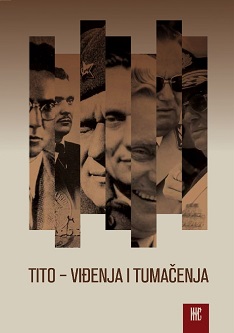
Watching Tito's public statements concerning the state's economic policy between 1949 and 1955, Miloš Moskovljević dwelled in his Diary primarily on Tito's explanation of the clash with the USSR, on the policy of approaching the West, on the question of peasant cooperatives and on the process of industrialization. By analysing Tito's speeches in his diaries Moskovljević convincingly depicted the goal and the contents of the state's economic policy, as well as its changes first hinted at by Tito as the main actor, who was also the first and often also the only one who admitted errors in directing it. This spurred Moskovljević to conclude, having in mind his personal experience while he was part of the ruling apparatus, that only Tito and Stalin „could admit mistakes and criticize, and anyone else who would do it, was a foreign mercenary". As the proof that the state's 10-year's economic policy was unsuccessful, Moskovljević took Tito's speech about the New Economic Policy held at the session of the Executive Committe of the Socialist Union on Sunday, November 28,1955. In it he was extremely critical of the direction of the economic policy until then and of its results. However, Moskovljević was also critical here, claiming this Tito's speech was „a proof of and a monument to communist incapability" as well as that Tito hadn't reached the negative conclusions about the economic policy and the need of a New Economic Policy by himself, but that they were rather a consequence of Kardelj's trip to London.
More...
Emulating the Soviet model, the Yugoslav communists started industrialization in a hurry. The Five Years Plan envisaged megalomaniac investment in heavy industry and economic strategists of the Party believed Yugoslavia would overtake Great Britain in ten years. The poor state couldn’t take such investment effort so that the economic policy of the government generated general poverty and slump in agrarian production. Just how the Yugoslav attempt at industrialization and economic potential of the country were mismatched is shown by the fact that the regime received from the West alone $ 500 million in economic aid and $ 800 million dollars in, mostly short- and middle-termed, loans which also didn’t suffice to complete the key projects. Having realized already by 1953 the political consequences of an expensive industrialization, Tito started announcing scaling down of investments, larger investment in agriculture and the rise of living standards. Although an end was put to building of crucial object the Yugoslavs lived no better in 1956 since the costs of living of a four-member family were by 40 to 60% higher than nominal wages.
More...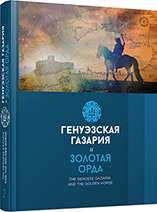
The archaeological level of the Golden Horde period is analyzed, and this assemblage is compared to the level of the 15th —17th centuries in order to account for a diachronical variability of food resources of animal origin on the Old Orhei site.The study of medieval Old Orhei is mainly focused on the diversity of food resources as reflected by the archaeozoological analysis. Previous archaeozoological studies of the medieval period in Old Orhei discussed aspects related to animal species identified on the site and the proportion of wild and domestic species. The consumers of animal products especially differed by their ethnic belonging. Thus, in the period of Mongol (the Golden Horde) occupation, the main domestic species used in alimentation were the sheep/goat (Ovis aries/Capra hircus), the cattle (Bos taurus) and the horse (Equus caballus), while later — after Mongol retreat, the livestock of the local economy was mainly represented by the cattle (Bos taurus) and the pig (Sus domesticus).The hunting records a very low rate (0.24% NISP) during the Golden Horde period; the low occurrence frequency of wild animals’ remains in this cultural level is quite surprising, since the documents of the time contain information emphasizing that the Mongols used to greatly rely on hunting, which was practiced for different purposes: to compensate a food shortage, to secure furs and hides, to keep fit for future battles, etc.
More...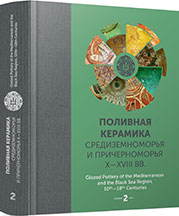
Glazed pottery from the Belgrade Fortress, already evaluated contextually and typologically, allow us to address some important issues of pottery production and craft specialisation in the Ottoman period (16th—17th centuries). In order to determine the degree of pottery standardisation, this article will analyse the main production parameters, such as shape, size/volume and production technology. The production organisation and craft skills in all aspects of pottery making are examined as well.
More...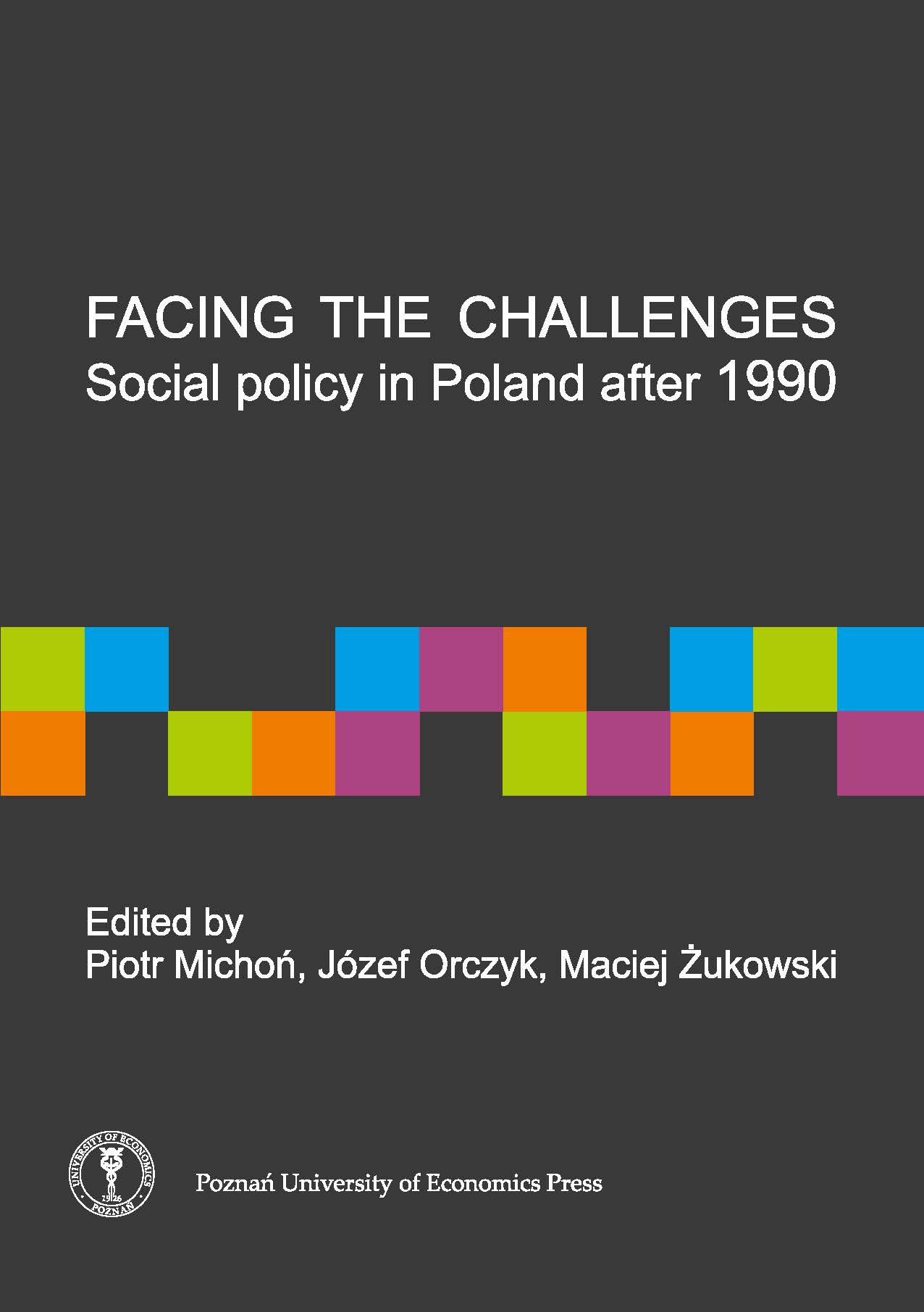
In the European Union, four main social functions of the state are currently emphasized: 1) protection against social risks, 2) maintenance of order and social peace, 3) investment in human resource development, 4) investment in social institutions. The description of the birth and development of the Polish welfare state and in the assessment of its present character – which is the aim of this text – includes the perspectives of all the groups of functions mentioned above, as well as the acknowledgement of the variability of their implementation over time (1918-2011).
More...
This paper develops an empirical model to investigate the main determinants of economic behavior of Albanian immigrants in Greece. The aim of this study is to investigate Albanian immigrants’ rate of monthly individual income and their savings in the economic crisis. In addition, the results analyze the remittances that the Albanian immigrants sent to their home country from 2008 to 2011. Also, the results show the expected income of immigrants. The study is based on 371 survey responses from the area of Attica, Greece and they are analysed econometrically using regression techniques. In particular, the empirical results, based on the estimation of regression analysis suggest that economic and consumer variables are significant factors for making them return to their home country. Finally, the empirical analysis showed that the factors affecting the possibility of return to their home country because of the economic crisis, are the participants who believe that they are still paid less than the natives, the participants who have said that their income in the host country is being reduced and the participants who own assets in their home country.
More...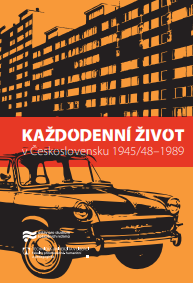
This study focuses on the car as a typical symbol of the consumer society and the general situation in the automotive production in Czechoslovakia and the United States of America since the beginning of the Great Depression till 1964. It analyses the main factors influencing the construction but more importantly the attainability of the car by the general masses. It analyses especially the transition from the war time to the post-war production, which proved to be considerably different in both states. In fact the American car factories managed to set on a completely different course in car construction and manufacturing during the fifties. Whereas the Czechoslovakia and almost all other countries of the world with the ability to manufacture passenger vehicles constructed in the times of insufficiency light and often even two-stroke machines, Americans made a simple calculation, that the manufacturing process of a small or big car costs them roughly the same, but the big car can be sold for considerably more money. As a result till the seventies typical American cars looked like gigantic cruisers of the highways and became satirized targets of the Eastern bloc propaganda. The Czechoslovakian nationalized industry led by AZNP Mladá Boleslav and Tatra had a hard time renewing production and sale in the times, when usage of vehicles for personal needs was disapproved. But during the fifties circumstances changed when under the influence of the Western consumerism, the Czechoslovakian people themselves required better access to the symbol of the affluent society.
More...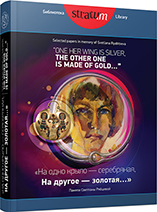
The rescue archaeological excavations, held on the territory of the former thermal electric power plant in Pskov prior to its renovation, revealed a medieval “metallurgy quarters” which existed on this territory in the 13th—16th centuries beyond the fortification walls. The manufacturing center occurred on the site of the burial grounds of the 10th — first half of the 11th cc. thus having destroyed many burial mounds. It is indicative that the raw materials used by the local metallurgists contained a significant amount of fragmented and deformed jewelry, some of which may have highly likely come from the destroyed burials. To date, no clusters of industrial complexes that occupied such an area in the absence of residential development have been found on the territory of Medieval Pskov. The discovery of such a production quarter in Pskov allows us to revise both the history of urban development and the organization of production processes in one of the largest urban centers of North-Western Russia.
More...